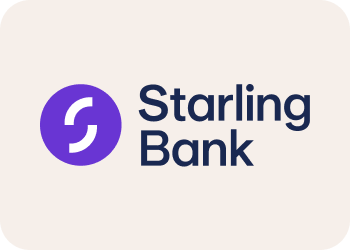Understanding Starling Bank: A Fintech Pioneer

The Rise of Starling Bank
Starling Bank, launched in 2014, has quickly become a significant player in the UK banking sector. Founded by Anne Boden, it aims to revolutionise the traditional banking model through digital-first solutions.
Importance of Starling Bank
As one of the UK’s leading digital banks, Starling Bank offers a range of financial services including personal and business accounts, loans, and savings accounts. Its relevance in today’s banking landscape is underscored by the increasing shift towards digital banking, particularly highlighted during the COVID-19 pandemic, which accelerated the adoption of online banking solutions.
Innovative Features
Starling Bank is known for its user-friendly app, which allows customers to track spending, set savings goals, and manage their finances easily. The bank also implements features such as real-time notifications, no foreign transaction fees, and fee-free overdrafts, which are appealing to a tech-savvy generation. Furthermore, Starling Bank is committed to financial inclusion, offering services to those who may have struggled with traditional banks.
Recent Developments
In the last year, Starling Bank has reported significant growth, with over 3.1 million accounts opened as of October 2023. The fintech provider announced a profit for the first time in 2022, a notable milestone that highlights its sustainable business model. Recently, Starling expanded its offerings by introducing new features such as in-app budgeting tools and integration with virtual financial advisors, further enhancing customer experience.
Future Prospects
Looking forward, the competition in the fintech sector remains fierce. Starling Bank’s ongoing investment in technology and infrastructure positions it well against both legacy banks and other challengers. Analysts predict that as regulatory landscapes evolve and consumer preferences shift, Starling Bank is likely to continue growing its market share and influence, particularly as it explores international expansion.
Conclusion
In conclusion, Starling Bank stands as a testament to how technology can reshape traditional banking. Its focus on customer experience, innovative features, and a commitment to financial inclusion makes it a noteworthy institution within the fintech space. For readers, following the developments at Starling Bank will provide insights into the future of banking, reflecting broader trends in digital finance.









